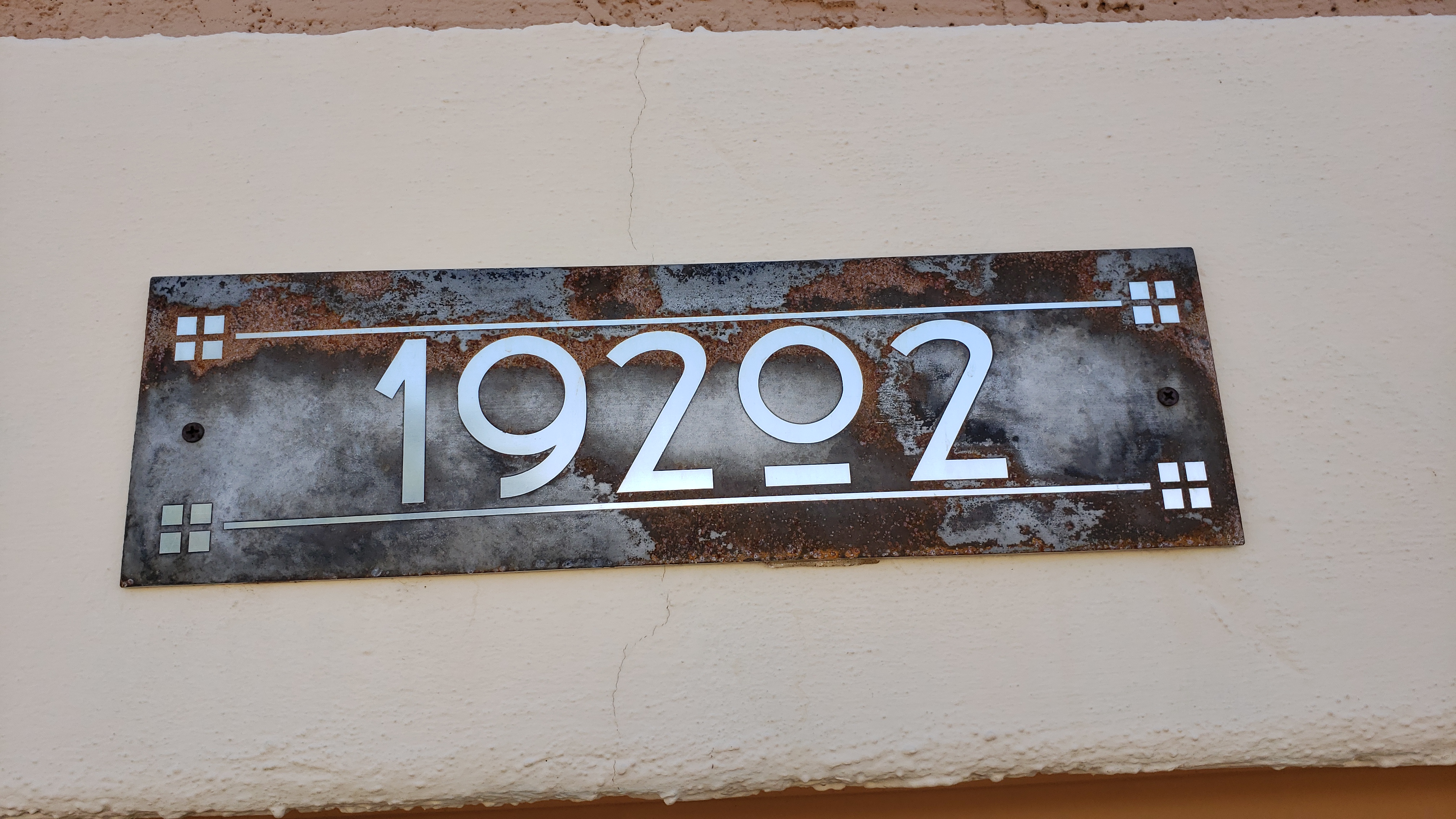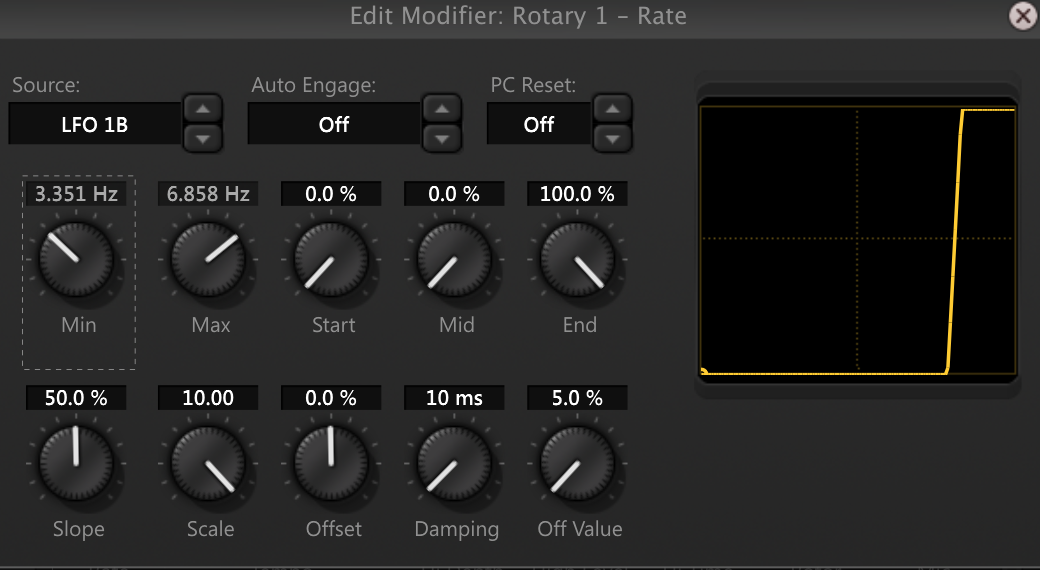Joe Bfstplk
Legend!
Is it possible for tap to switch rotary speed as a latching switch while hold switches rotary speed momentary?
Try it and see. It's a three-minute experiment.Is it possible for tap to switch rotary speed as a latching switch while hold switches rotary speed momentary?
My fallback position is post #2.OP said hold would be the momentary CS function. Is that possible?
The manual says momentary control switches "should" be assigned as tap w/ no hold function, and there's a footnote about tap allowing tightest timing. That doesn't really explain if it prevents momentary CS as hold, which seems like an unnecessary limitation.
How would you do that without the ability to configure the footswitch to toggle the bypass state?Two CS on the FC could actually do this (pretty sure) but there's a bit more setup and it requires one of the two general LFOs.
How would you do that without the ability to configure the footswitch to toggle the bypass state?
I think you could also have an FC switch as momentary CS, then one external latching switch as stand-in for that switch.
The dual-switch box would be nice if you want momentary to always get the opposite of current latched state, like the light switch example. Two CS on the FC could actually do this (pretty sure) but there's a bit more setup and it requires one of the two general LFOs.
Yeah, I mistyped. Rotary speed, not bypass state. Still, the same issue. Control Switches can send values, but there's no provision for switching to "the state I'm not currently in."I don't think bypass was mentioned here, only speed. This could be used with a bypass modifier too though. Maybe I'm not understanding the question but here's a (quick) summary of the LFO setup:
- Stopped LFO "B" output assigned as modifier source for rate/bypass/anything
- Control switches modify LFO B Phase & Duty in a certain way to do what the OP described
I'd need to try setting it up or at least sketch/think a bit to be certain if the momentary switch can actually go to the opposite state of current latching state, or just force one setting e.g. fast.




This.Why not just assign a pedal to rotary speed ? Then if you want it faster momentarily, you rock it forward and then back (add some lag time for a proper Leslie style spin up/down) and if you want it 'latched" faster just take your foot off the pedal at the speed you want...
Nope. It's the other way around.I could use a pedal, but a switch is easier...
Set the modifier so toe-down is the high speed that you want, and toe-up is your desired low speed. Switching between the two becomes dead simple, you get in-between positions if you want them, and as @lqdsnddist said, latching at any speed is as simple as taking your foot off the pedal....the low and high speeds are generally fixed in a Leslie.
You can do that regardless of your pedal arrangement.Plus, this way I get to cosplay Judge Doom.
Yeah, I mistyped. Rotary speed, not bypass state. Still, the same issue. Control Switches can send values, but there's no provision for switching to "the state I'm not currently in."


Clever. We're still talking two switches, right? (As apposed to one switch with Tap and Hold functions.)That's what the LFO makes possible. Assign a stopped triangle LFO's B output to rate, with all change occurring above 55% or so. The exact curve doesn't matter since you can set damping to 0 and use low/high time constants in the block. Setting mid to 0 and maxing scale works.
Have one switch toggle LFO duty between 5% and 50% and the other toggle B phase between 18° & 180°. It doesn't matter which one gets the momentary switch.
That's what the LFO makes possible. Assign a stopped triangle LFO's B output to rate, with all change occurring above 55% or so. The exact curve doesn't matter since you can set damping to 0 and use low/high time constants in the block. Setting mid to 0 and maxing scale works.
Have one switch toggle LFO duty between 5% and 50% and the other toggle B phase between 18° & 180°. It doesn't matter which one gets the momentary switch.
